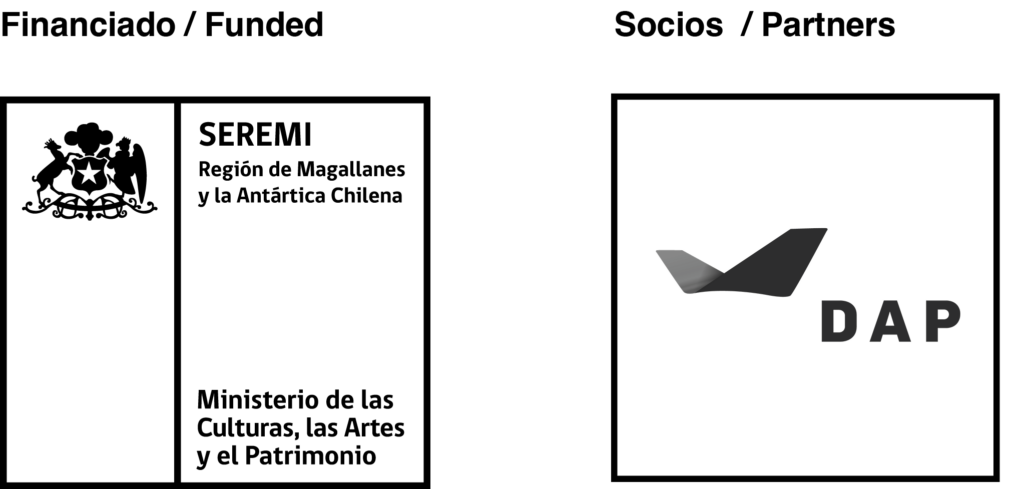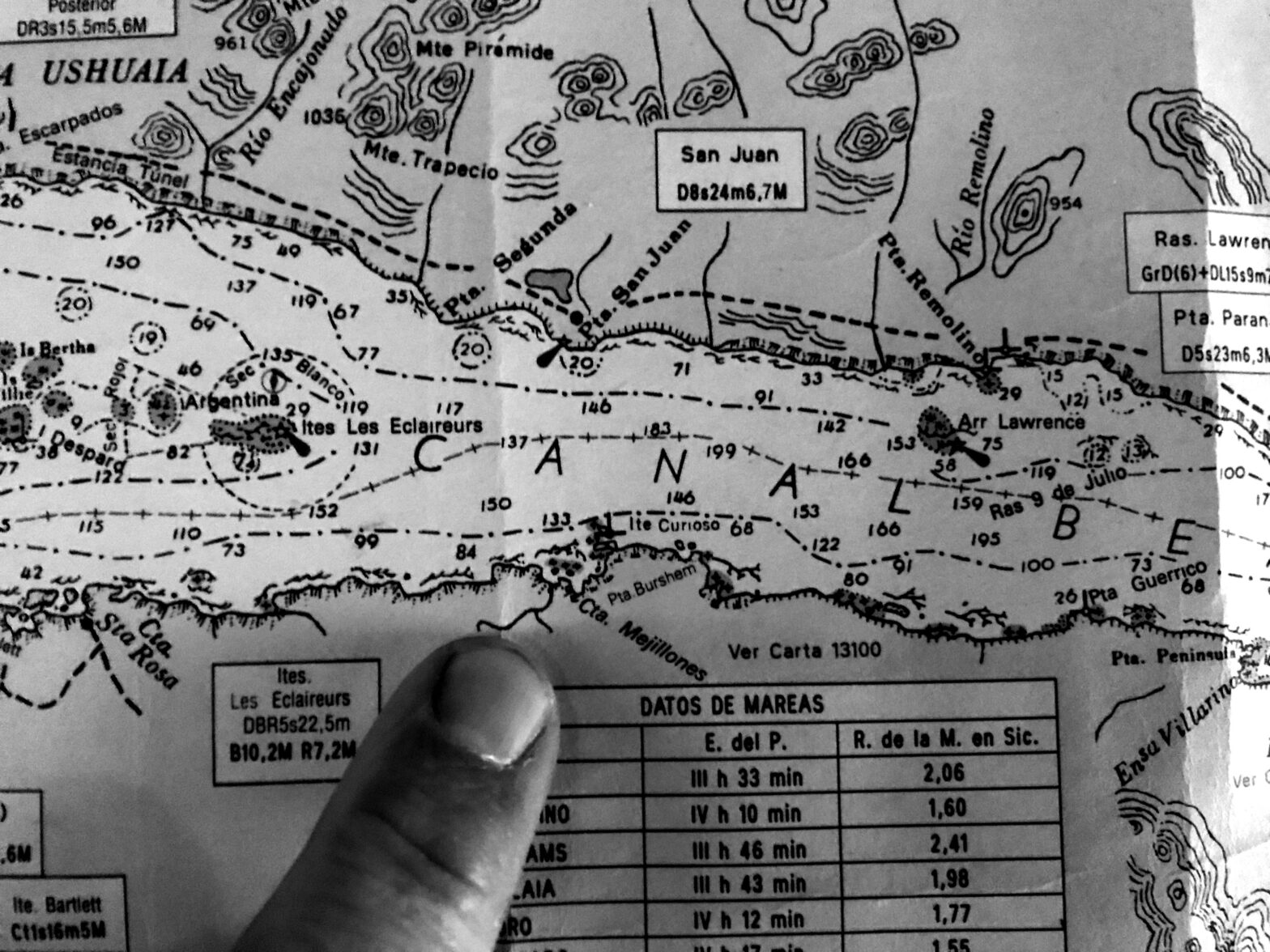> projects / 2025 / radiales / Preliminary Visit / Emerging Archive / Historic Background / Forum / Documentation / Participants
In preparation for the Radiales project (2025) we did an initial field trip in March 2024 in order to familiarize ourselves with the territory, to meet with the local community, partners and friends, to discuss some first ideas and frameworks and to get an idea about the place, logistics (transportation, access routes, etc.).
We visited the Martín Gonzalez Anthropological Museum (formerly Anthropological Museum Martín Gusinde) in Puerto Williams and several important historical sites along the northern coast of Navarino Island.
We undertook several field trips to complete our maps and walked a significant portion of the overland route from Lum to Bahía Wulaia. This route could be completed in about a day’s walk along a path parallel to the Murray Channel. The overland route would allow visitors to enter and exit Bahía Wulaia independently of maritime transport, which is also subject to weather conditions. On the other hand, we reached the mouth of the Murray Channel near Puerto Navarino. The maritime route from Puerto Williams to Bahía Wulaia takes about 10 hours and would provide another entry and exit route. In addition to transporting participants, this route would also allow for the transport of food and equipment necessary for field research.
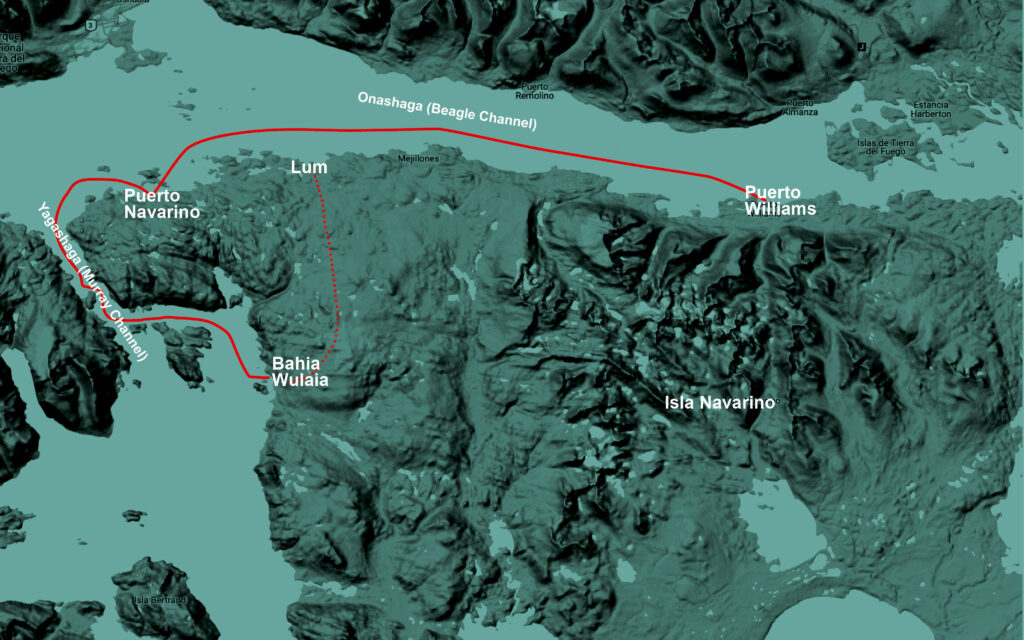
At the beginning of this year, Terra Ignota partnered with the Corporación Laguna de Los Cisnes with the aim of combining knowledge, experience, and logistical infrastructure for research purposes. In June of this year, the Corporation acquired a vessel with the ideal characteristics for research in this remote and challenging geographical area. In November, the as-yet-unnamed ship, which docks at Puerto Williams, will be equipped with all the necessary navigation instruments and will be in the process of acquiring funds to transform it into a floating experimental laboratory.
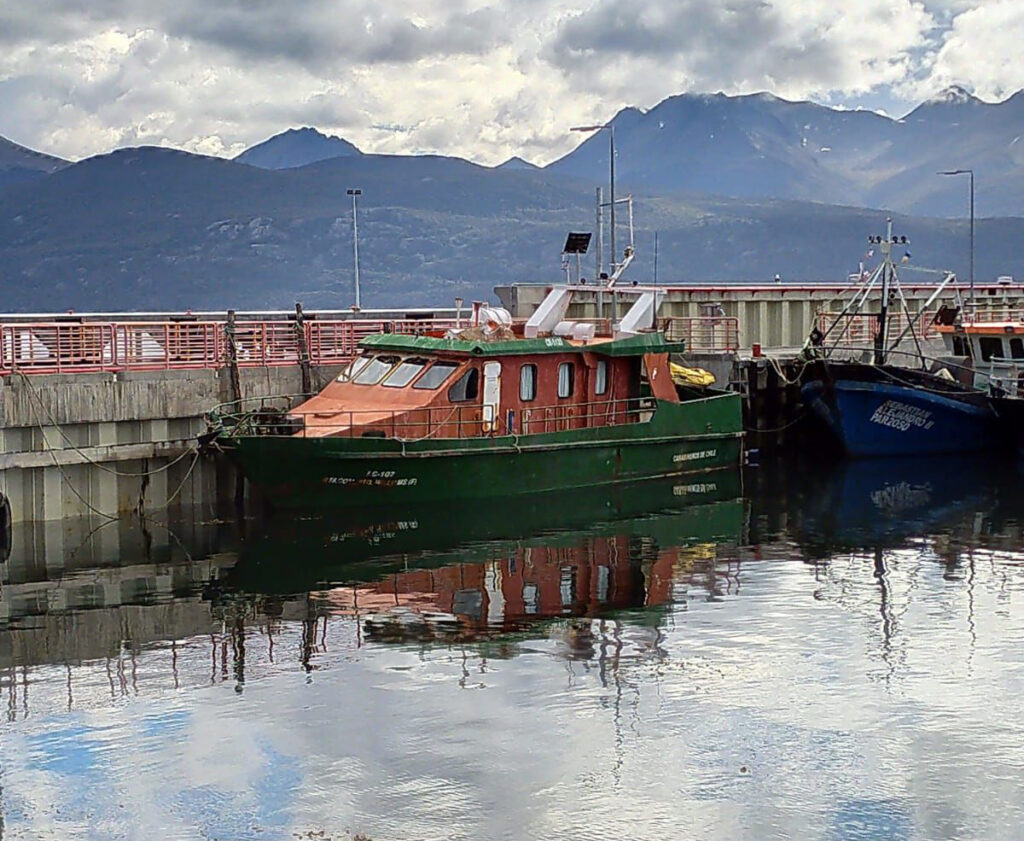
For a few days we made station at Bahia Mejillones where Claudia Gonzalez welcomed us so hospitably in her family house. We felt very honoured to be able to spend time in this important, historic place. During the stay we established a few field transmissions to the radio.earth network, continued experiments within the frame of the Environmental Linguistics approach and other data registering and collection research.
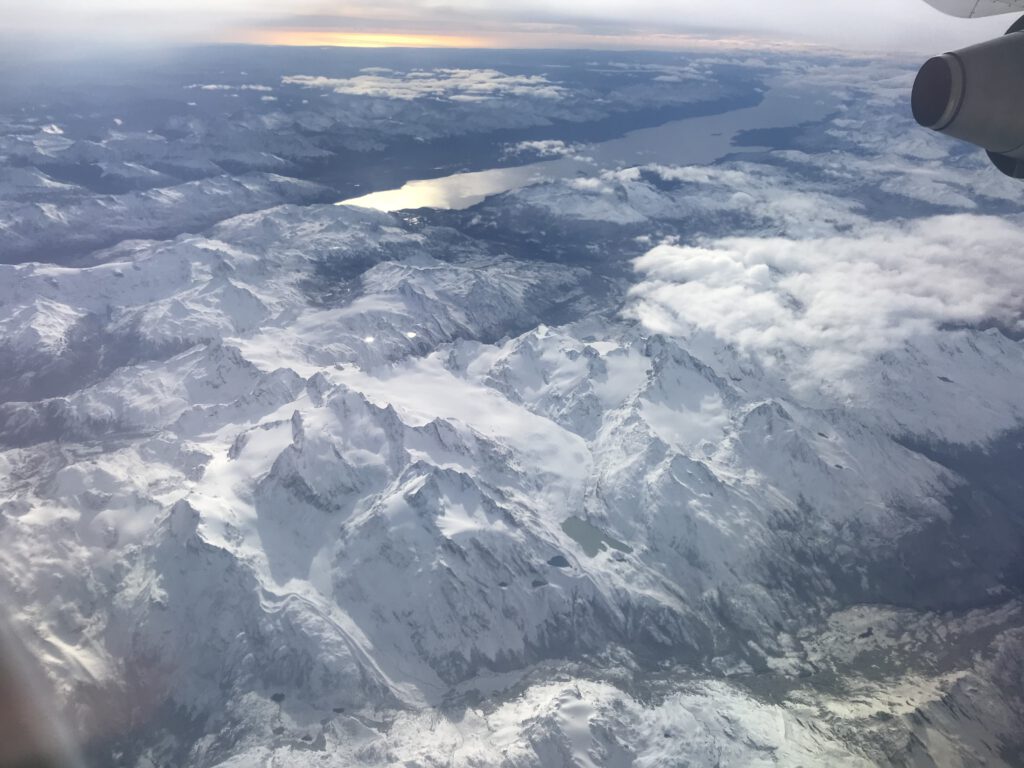
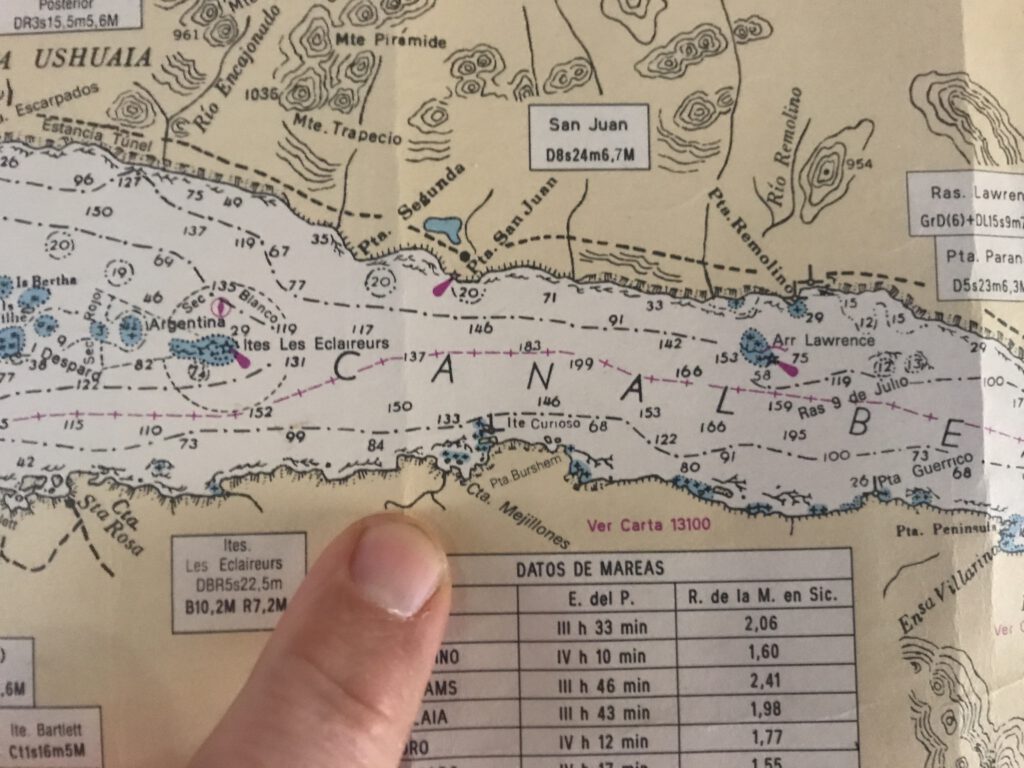
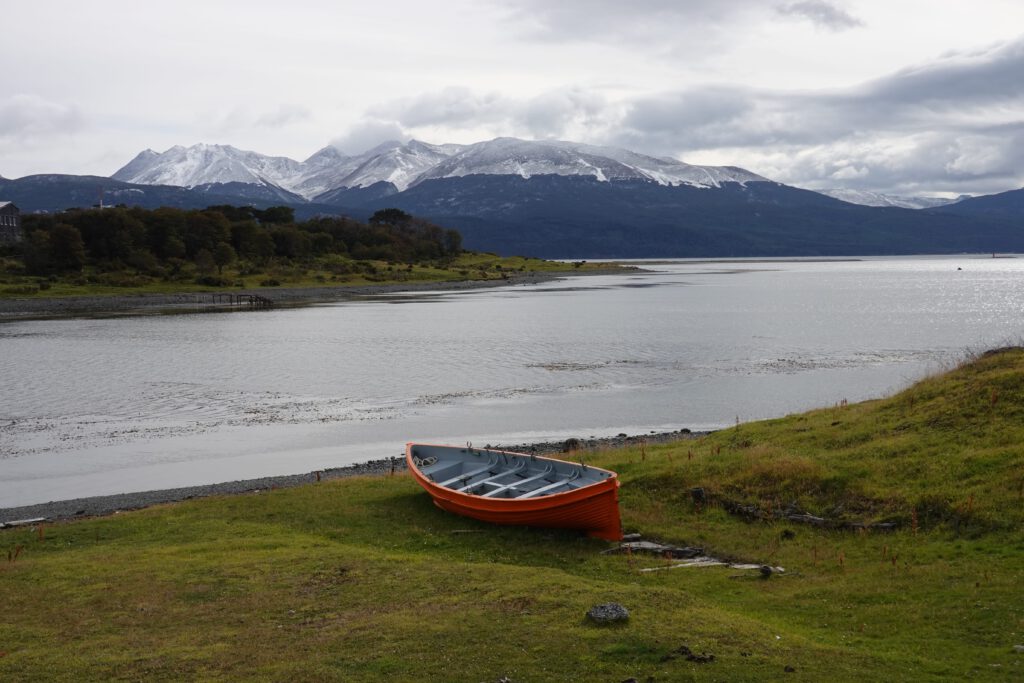
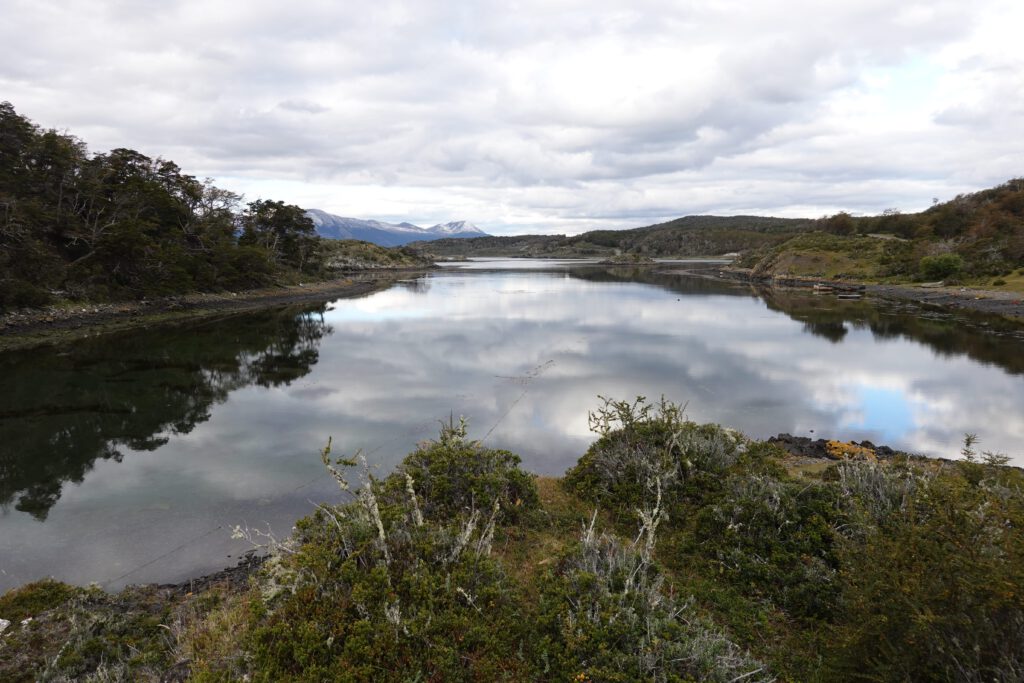
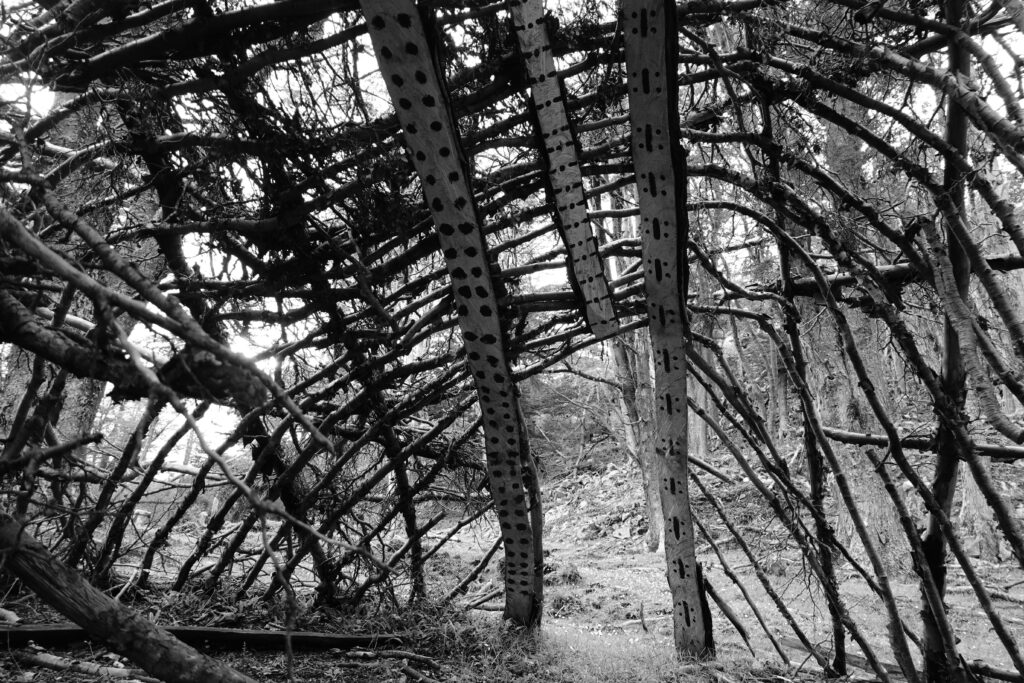
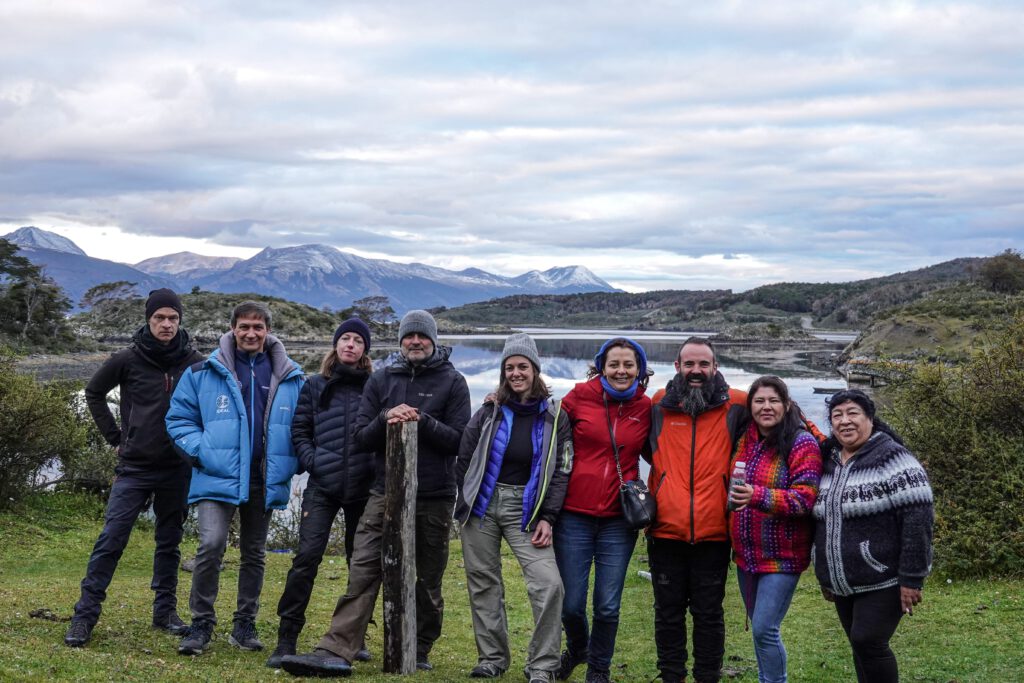
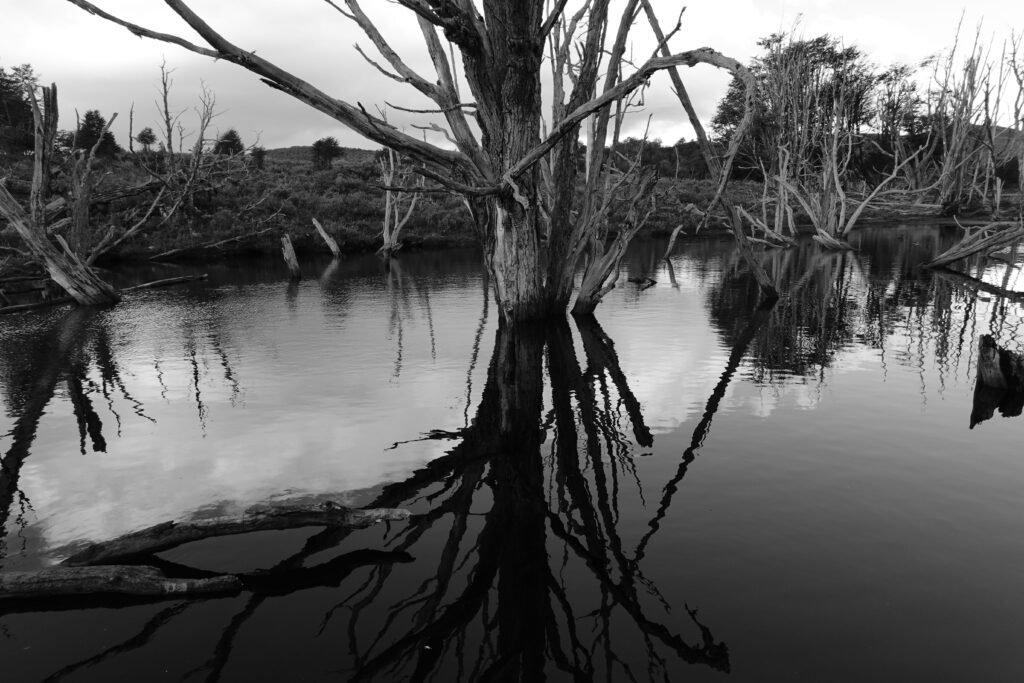
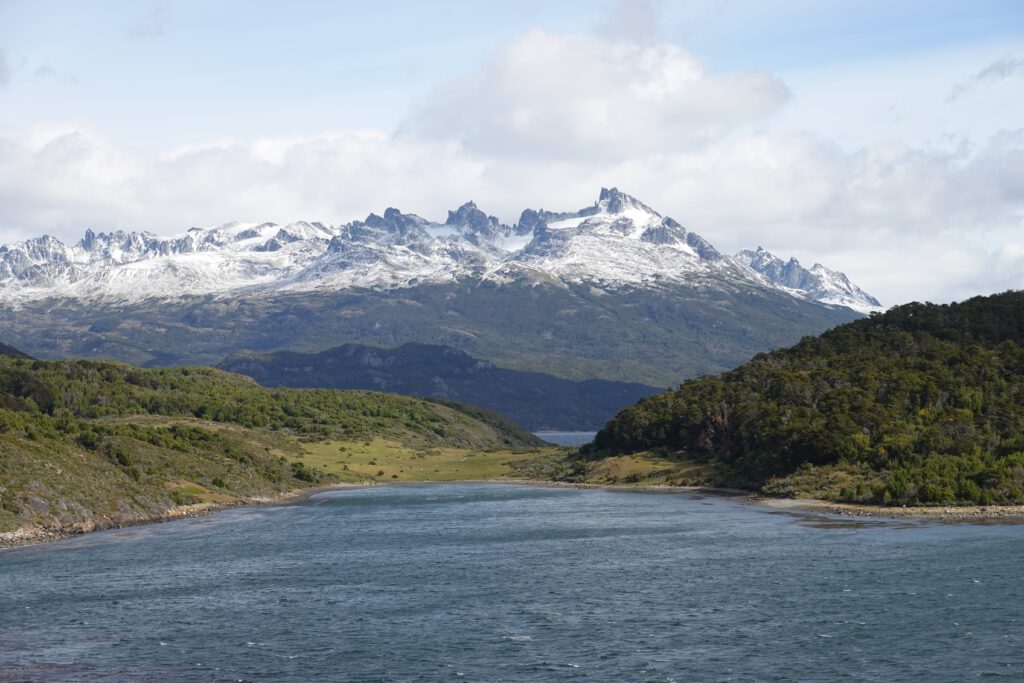
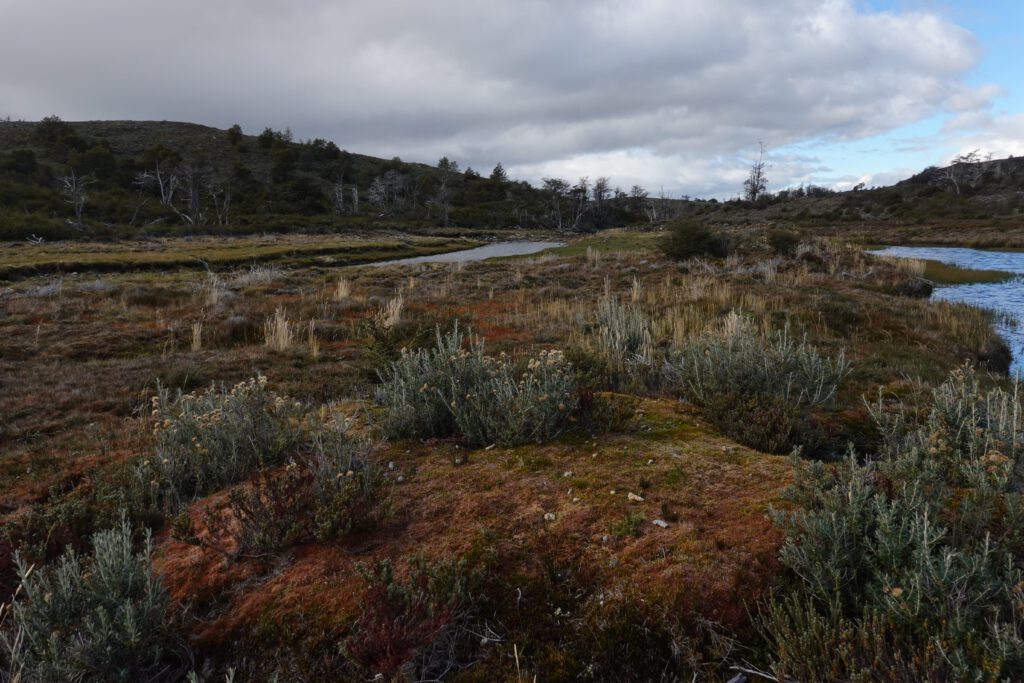
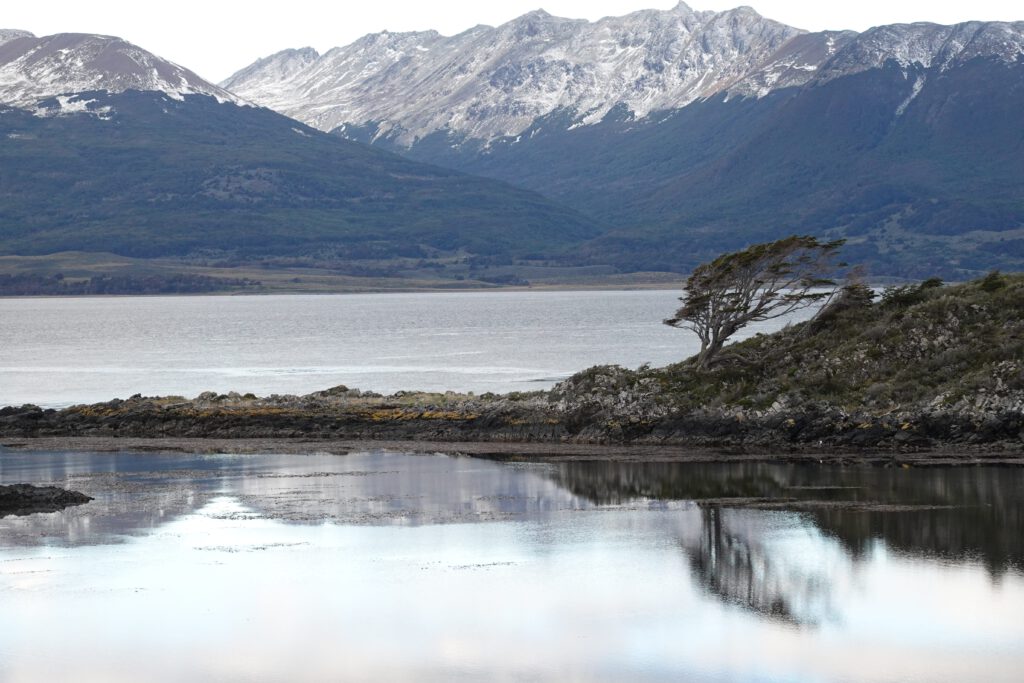
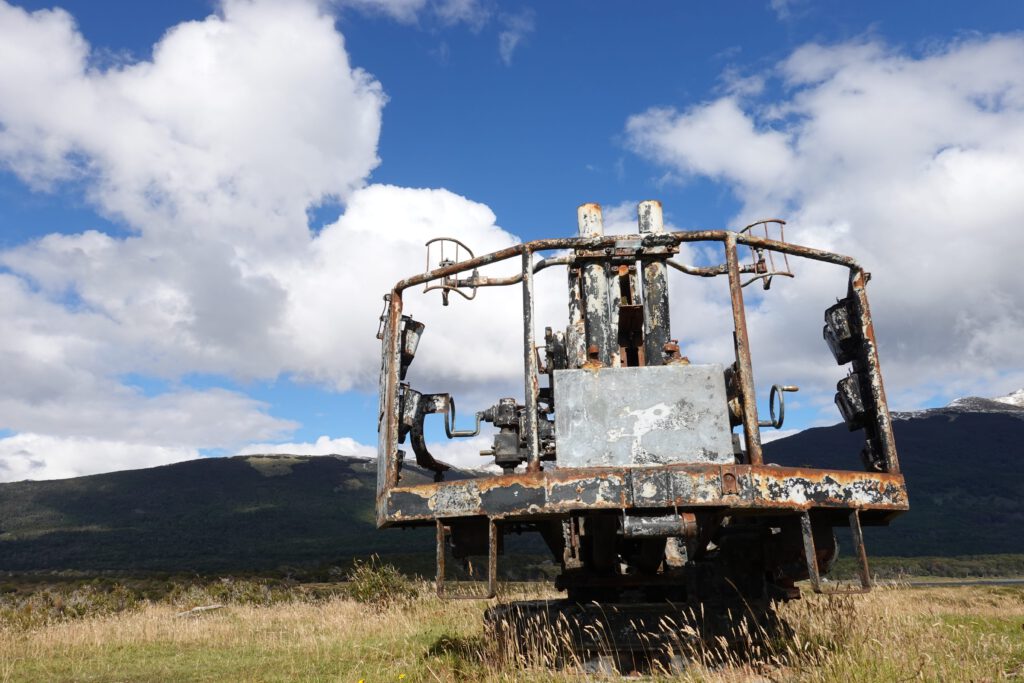
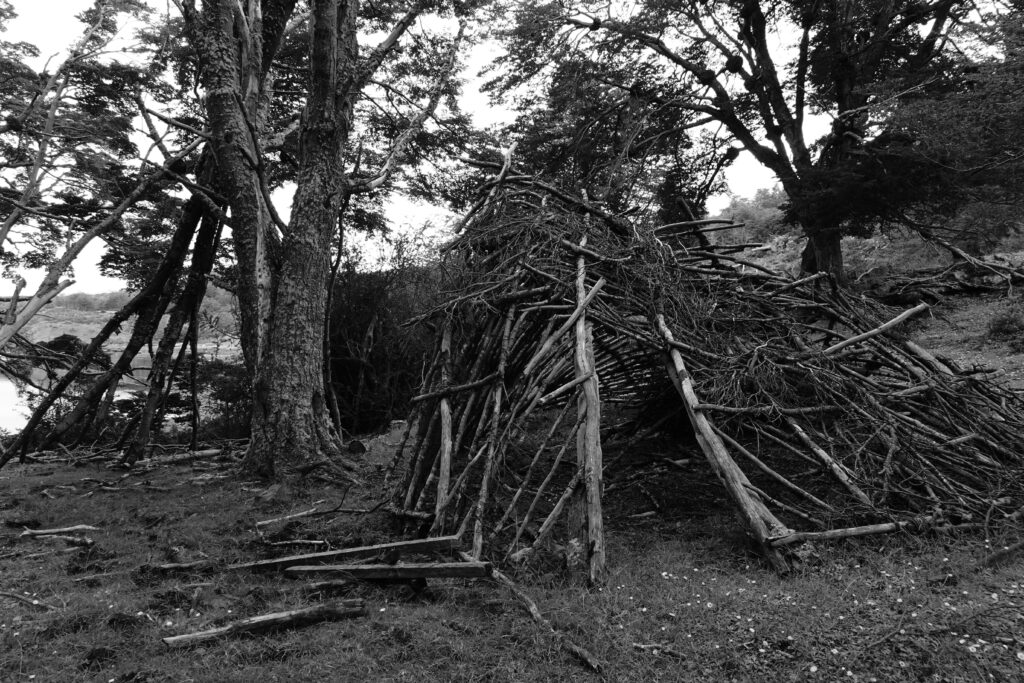
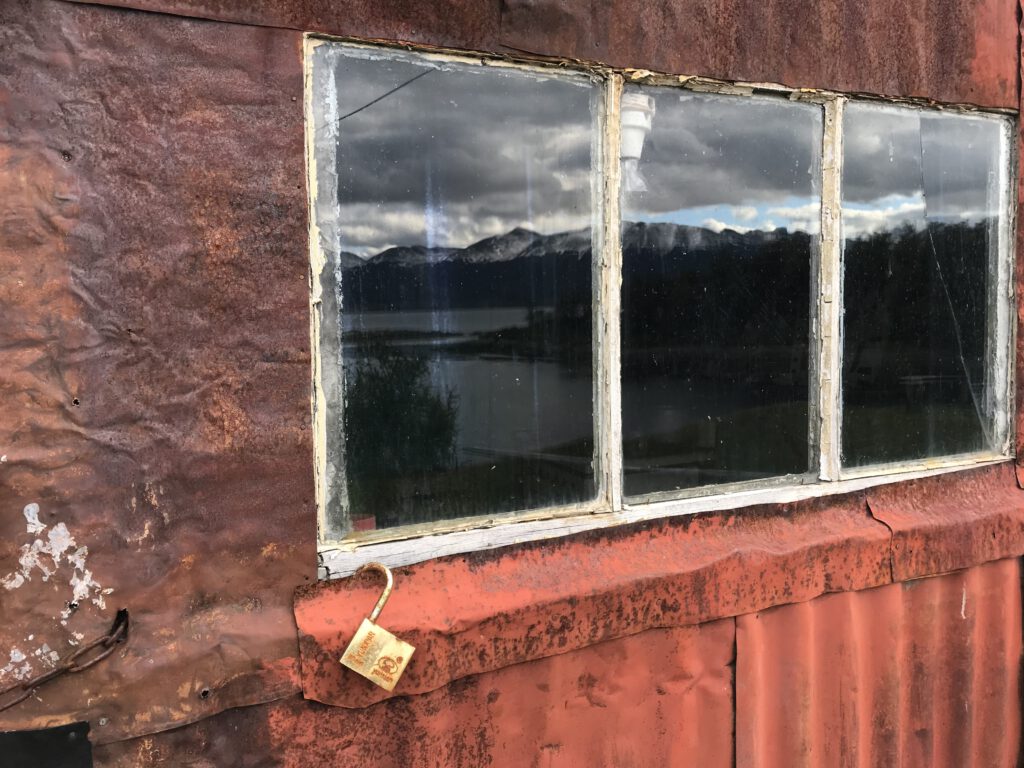
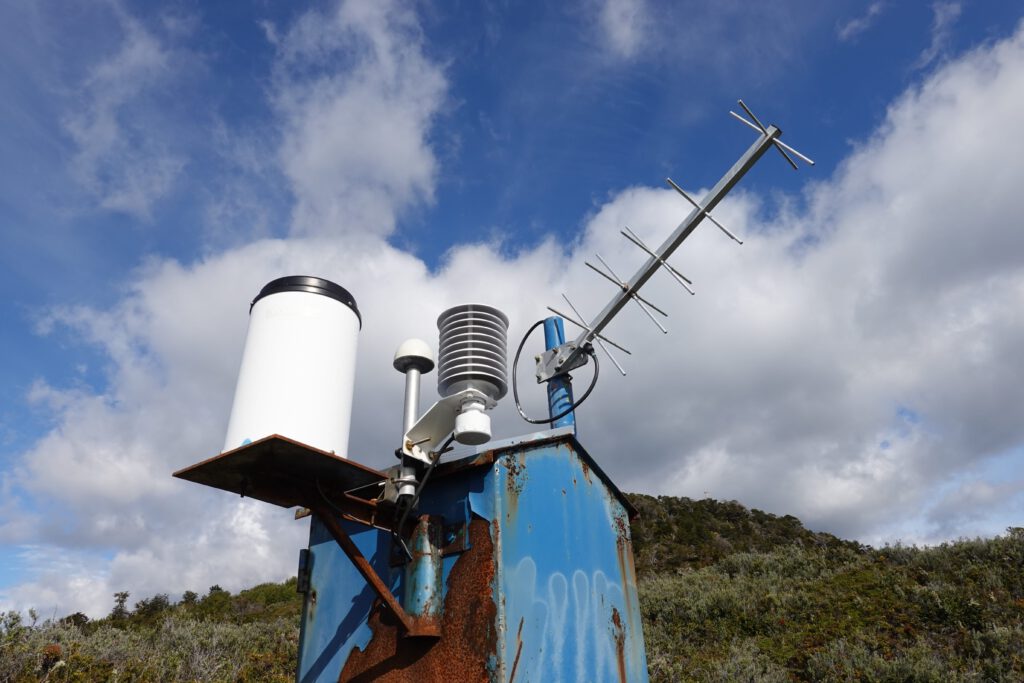
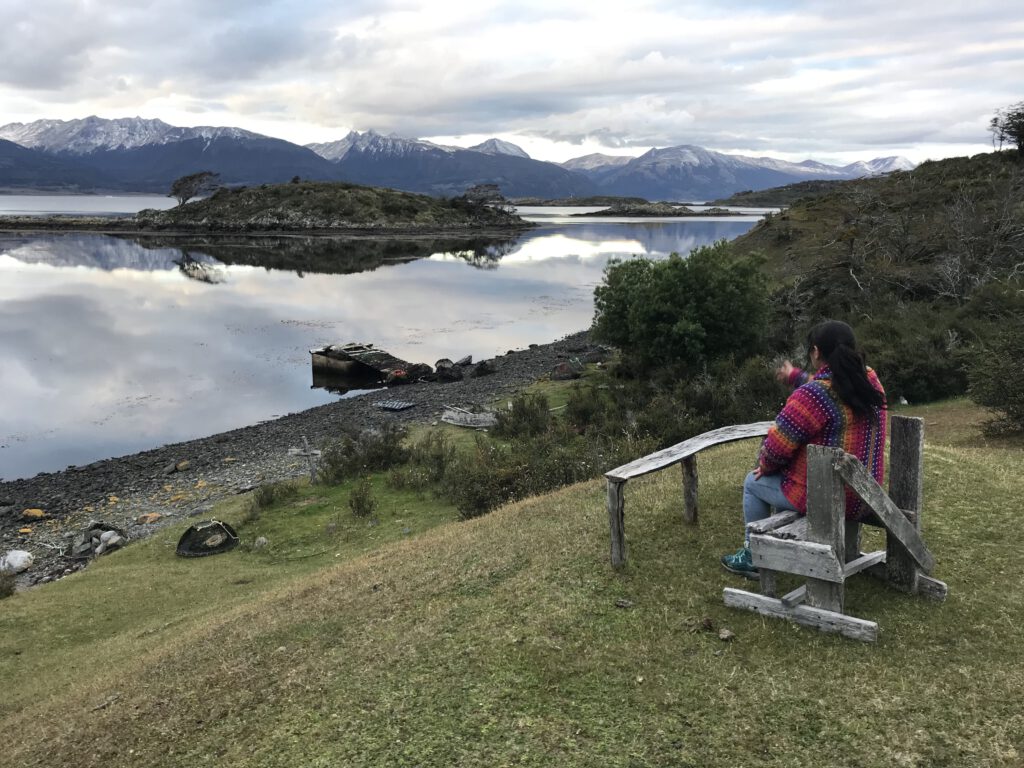
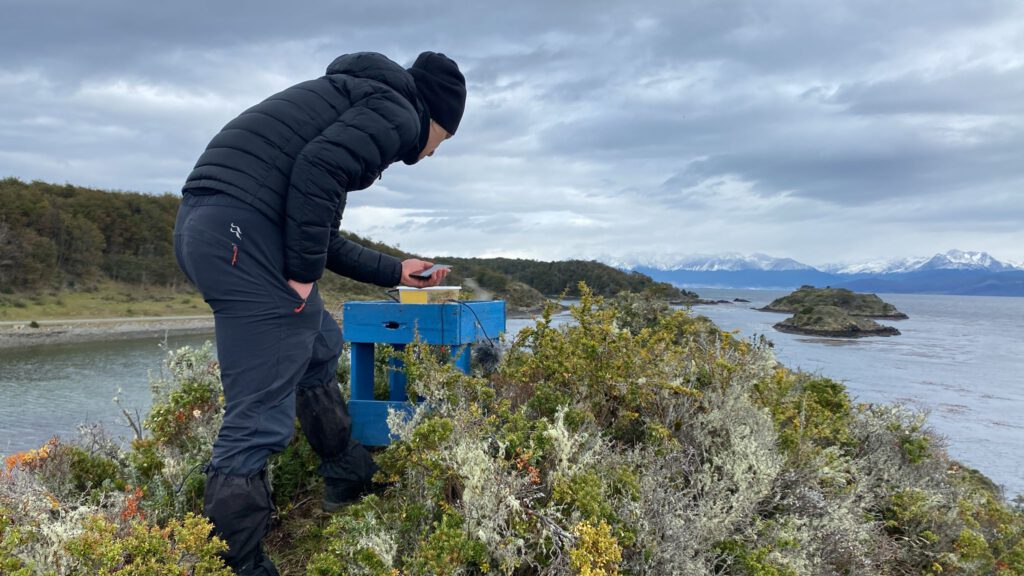
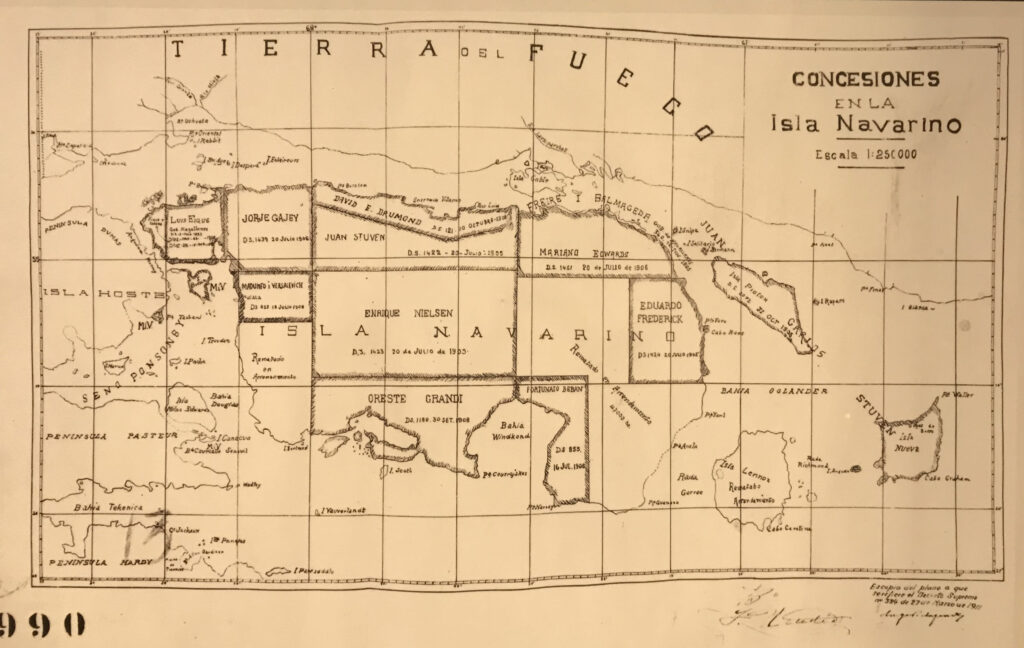
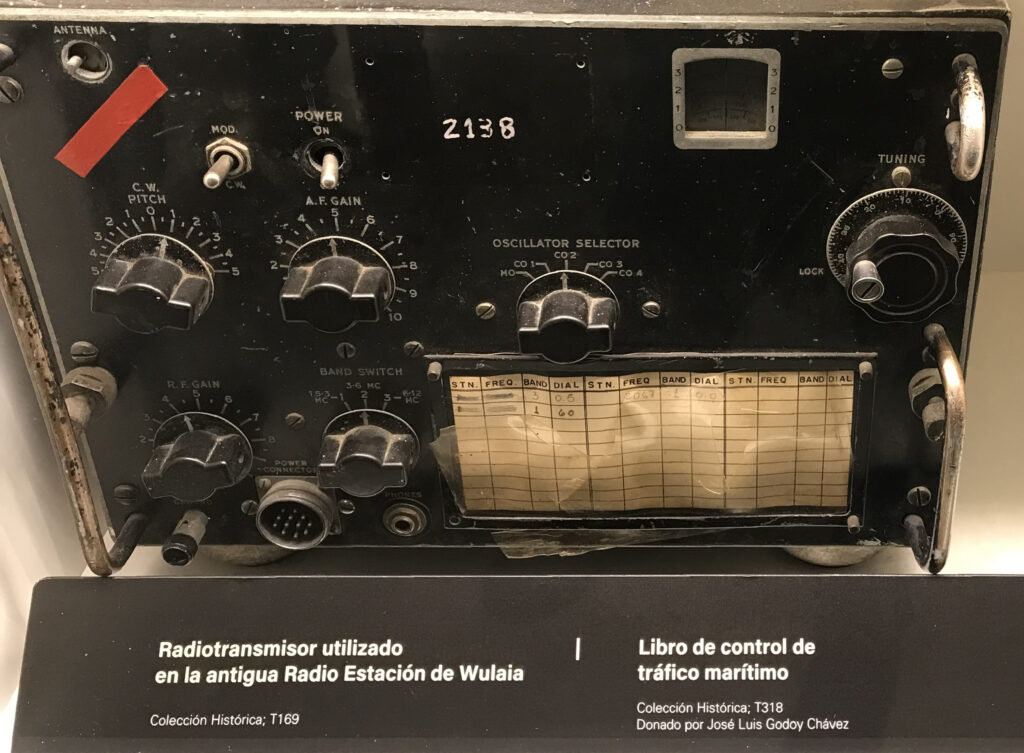

participants:
Florencia Curci (AR), Iván Flores (CL), Claudia Gonzalez (CL), Elcira Hernández Walton (CL), Nicolas Spencer (CL/AT), Victor Mazón (ES), Carsten Stabenow (DE), Paula Urdangarín (CL)
